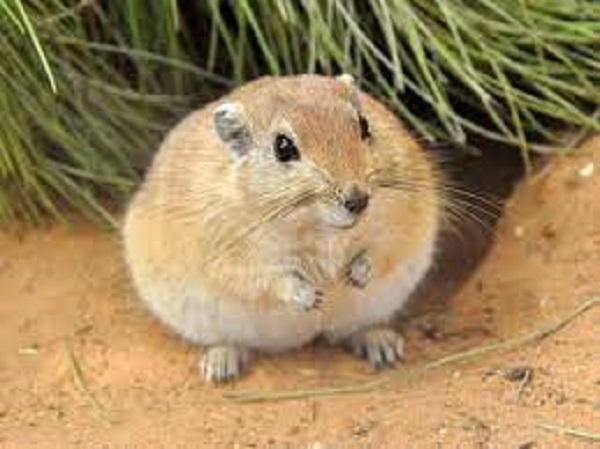
In the realm of unique and offbeat pets, the Fat Sand Rat (Psammomys obesus) stands out as an intriguing option for those seeking an unconventional companion. Native to arid regions of North Africa and the Middle East, this rodent species has garnered attention for its distinctive appearance, adaptive behavior, and relatively manageable care requirements. While the Fat Sand Rat might not be the first pet that comes to mind, its suitability as a pet is worth exploring for those looking for an extraordinary and rewarding pet-owning experience.
Understanding the Fat Sand Rat
The Fat Sand Rat, often referred to simply as the Sand Rat, is a small rodent characterized by its robust build, large eyes, and soft fur. Its name derives from its round, plump appearance, which is an adaptation to store fat reserves to survive in its harsh desert habitat. In the wild, these rats are known for their burrowing behavior, creating complex tunnel systems beneath the sand to escape extreme temperatures and predators.
Suitability as a Pet
While the Fat Sand Rat is not a conventional choice for a pet, its suitability can be assessed based on several factors:
Lifespan
Fat Sand Rats have a lifespan of around 3 to 4 years in captivity, which is relatively short compared to other pet rodents. This should be taken into consideration by potential owners.
Social Nature
These rats are social animals that thrive in the company of their own kind. It is recommended to keep them in pairs or small groups to prevent loneliness and encourage natural behaviors.
Low Maintenance
Fat Sand Rats require relatively low maintenance compared to some other pets. They are generally clean animals and do not have a strong odor. Regular cleaning of their enclosure is essential, however.
Nocturnal Behavior
Like many rodents, Fat Sand Rats are nocturnal, meaning they are most active during the night. This can be an advantage for people who are more active in the evenings.
Feeding Habits
Their diet primarily consists of seeds, plants, and some insects. Providing a well-balanced diet is essential to their health and well-being.
Basic Care Instructions
For those intrigued by the idea of keeping a Fat Sand Rat as a pet, here are some basic care instructions to consider:
Enclosure
Provide a spacious glass or plastic enclosure with a secure lid. A sand-based substrate can simulate their natural environment, and tunnels or hiding spots can encourage their burrowing behavior.
Social Interaction
As social animals, it’s advisable to keep at least two Fat Sand Rats together to prevent isolation.
Diet
Offer a variety of seeds, fresh vegetables, and some insects as part of their diet. Consult with a veterinarian or exotic pet expert to ensure proper nutrition.
Enrichment
Provide toys, tunnels, and items for climbing to keep them mentally stimulated and physically active.
Veterinary Care
Regular veterinary check-ups are essential to monitor their health and address any medical issues.
Nocturnal Schedule
Be prepared for their nocturnal behavior and adjust your interactions and activities accordingly.
Conclusion
While the Fat Sand Rat is certainly not the typical choice for a pet, its unique characteristics, social nature, and relatively manageable care requirements make it an intriguing option for individuals seeking a unique pet-owning experience. As with any pet, thorough research, proper preparation, and a genuine commitment to meeting their needs are essential for the well-being and happiness of these captivating rodents.


Comment here